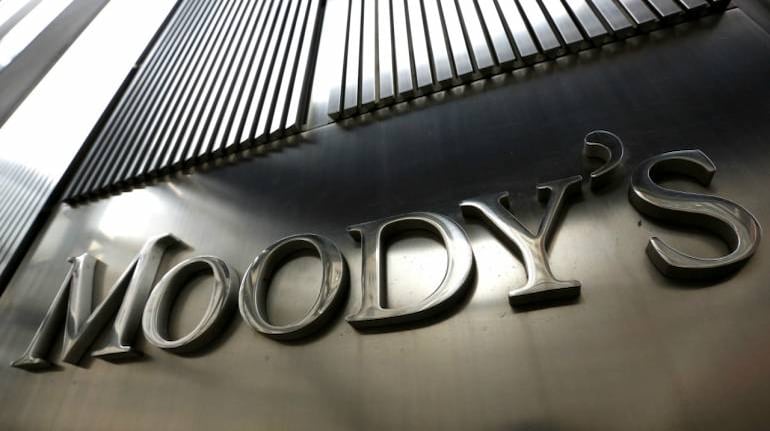



Moody's Investors Service on August 18 affirmed its Baa3 rating on India and maintained the stable outlook, but warned of political issues and even cited the example of the ongoing violence in Manipur.
"…the curtailment of civil society and political dissent, compounded by rising sectarian tensions, support a weaker assessment of political risk and the quality of institutions," Moody's said in a statement.
"Although elevated political polarisation is unlikely to lead to a material destabilisation of government, rising domestic political tensions suggest an ongoing risk of populist policies—including at the regional and local government levels—amid the prevalence of social risks such as poverty and income inequality, as well as inequitable access to education and basic services. Moreover, the periodic flaring of border tensions with neighbouring countries was an outlier among sovereigns assessed as having a lower overall susceptibility to political risk," it added.
Also Read: PM Modi assures peace in Manipur through joint efforts by Centre and stateThe north-eastern state of Manipur has been embroiled in an ethnic conflict for several months now, with reports saying three people were killed on August 18 in the latest incidence of violence. The matter was raised in the recently concluded Monsoon Session of Parliament by the opposition, with the Narendra Modi government even facing a no-confidence motion. The motion was successfully defeated by the government.
Moody's comments on risk of populist policies amid rising domestic political tensions comes months before India votes to elect its next central government. While Prime Minister Modi romped to power in 2014 and 2019, as many as 26 opposition parties recently rallied under the single banner of 'INDIA', or 'Indian National Developmental Inclusive Alliance'.
India has been pitching for an upgrade from ratings agencies and has previously expressed its displeasure at what it has termed as bias against emerging economies. In fact, the Economic Survey for 2020-21 contained an entire chapter titled 'Does India's Sovereign Credit Rating reflect its fundamentals No! ' which argued that domestic fiscal policy "must not remain beholden to a noisy/biased measure of India's fundamentals and should instead reflect Gurudev Rabindranath Thakur's sentiment of a mind without fear".
Rapid growthOn the economic front, Moody's continues to view India as one of the fastest growing economies in the world, although it did note that potential growth had declined in the last 7-10 years.
According to the ratings agency, India's potential growth has improved to 6-6.5 percent from sub-6 percent levels during the coronavirus pandemic. However, India's potential growth rate "remains lower than estimates in excess of 7 percent in the middle of the last decade", Moody's said.
It added that the government's focus on capital expenditure has resulted in "tangible improvements" in logistics performance and the quality of trade and transport-related infrastructure. Other positives include the digital public infrastructure, formalisation of the economy, broadening of the tax base, and "fundamental improvement" in the banking system over the last three years.
However, the economy's limited ability to significantly increase manufacturing output and improve job creation is seen as limiting potential growth.
"Despite some progress in developing the manufacturing sector in recent years, structural weaknesses including trade barriers and protectionist measures and low education and skills levels for a large part of the population," Moody's noted.
Fiscal concernsIndia's key rating weakness, though, remains the government's financial situation. According to Moody's, without "more material gains" in revenue, the Centre will find it challenging to achieve its fiscal deficit target of 4.5 percent of GDP by 2025-26.
"Consequently, Moody's projects general government debt to stabilise at around 80 percent of GDP over the next two to three years, lower than the peak of almost 90 percent reached in 2020-21 but higher than many similarly-rated sovereigns," the agency said.
The Centre is aiming to reduce its fiscal deficit to 5.9 percent of GDP in 2023-24. As per latest data, the fiscal deficit in the first three months of the financial year stood at 25 percent of the full-year target.
While high nominal GDP growth is expected to aid fiscal consolidation, concerns about the size of India's interest payments relative to revenue remain, especially in comparison to similarly-rated peers.
Discover the latest Business News, Sensex, and Nifty updates. Obtain Personal Finance insights, tax queries, and expert opinions on Moneycontrol or download the Moneycontrol App to stay updated!
Find the best of Al News in one place, specially curated for you every weekend.
Stay on top of the latest tech trends and biggest startup news.